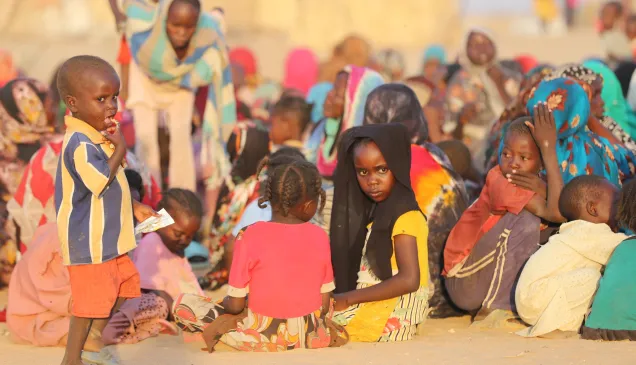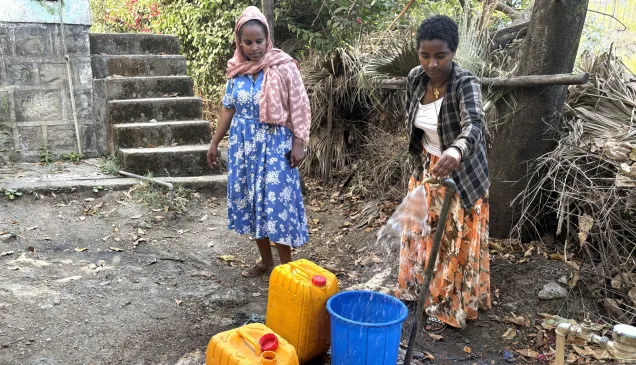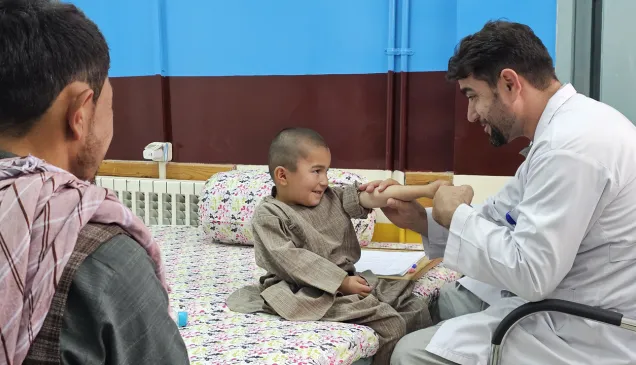Afghanistan: Addressing the water crisis for communities
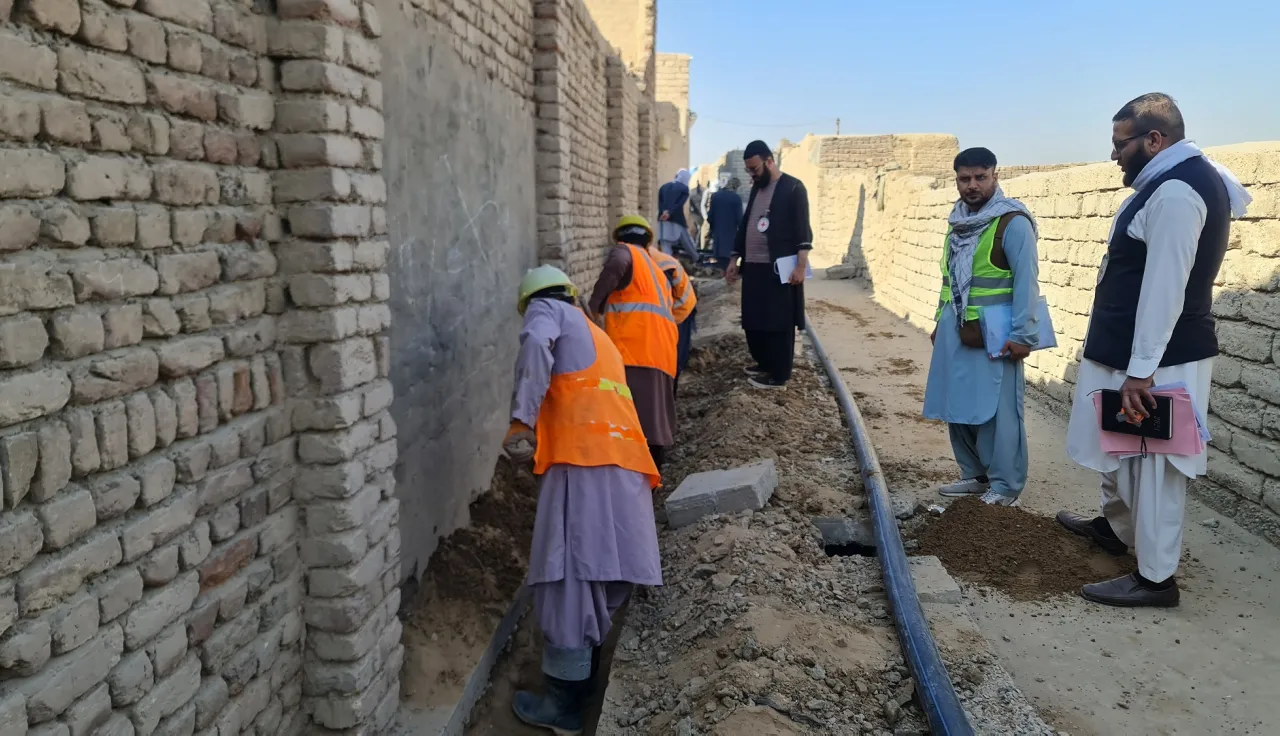
Access to safe drinking water essential for life and health, yet it is estimated that 33 million people in Afghanistan face severe water shortage. This World Water Day, marked on 22 March, we look at the situation on ground and its impact on the people as they grapple with the compound effects of more than four decades of armed conflict and climate change.
A dire humanitarian situation
“Our borewells have completely dried up because of the minimal snowfall and rainfall over the last few years. The sharp decline in groundwater levels has left us no choice but to rely on commercial water tankers for our most basic needs. It is a big challenge for us in the city,” says Shafiqullah Hamkar from District 5 of Kabul City. Hamkar represents an estimated 80% of Afghans who are dealing with the severe impact of erratic rainfall patterns, rising temperatures and droughts. The situation is even worse in rural areas where people often rely on untreated surface water, which leads to the spread of waterborne diseases such as cholera and diarrhea.
“For millions of Afghans, who are already struggling with many challenges and facing a dire humanitarian situation, vital activities such as getting water to drink or cook and providing irrigation for crops are often impossible. This has a devastating impact on people’s health and access to food, and hampers the country’s potential for economic development,” says Martin De Boer, the head of programs for the International Committee of the Red Cross (ICRC) in Afghanistan. He adds that the lack of required infrastructure – including water-supply systems, dams and irrigation networks – further exacerbates the challenges. Responding to the needs of the people, the ICRC plays an important role in supporting communities and assisting authorities to improve and manage water supplies.
Improving access to safe water
In 2024, our work to revamp infrastructure and support sustainable power supplies in urban areas like Faizabad, Herat, Kabul, Kandahar, Khost, Kunduz, Maimana and Shindand benefited over 1.12 million people who got improved access to clean drinking water. In rural areas of Kunduz, Paktia and Parwan, over 275,000 people were provided with access to clean water through the repairing of 1,315 hand pumps and the installation of 1,888 bio-sand filters, which are water treatment systems using sand and gravel to remove contaminants from water.
In Parwan, the ICRC and the Afghan Red Crescent Society (ARCS) partnered to distribute 1,888 bio-sand filters across 26 villages and provide hygiene education in Jabalussaraj district, benefiting 17,312 people and significantly improving their access to safe drinking water. This not only enhanced water security for the community but also helped to improve their general health.
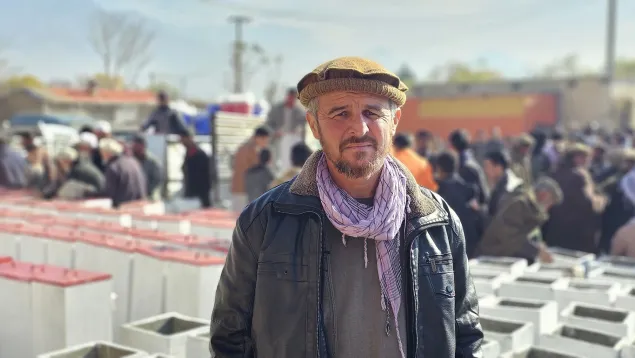
Mohammad Kazem from Bala village says, “We had been using river water even though it was not safe and led to various diseases, such as diarrhea and leishmaniasis, particularly infecting our children. But now the bio-sand filters are helping to purify the water and reduce the cases of waterborne infections.”
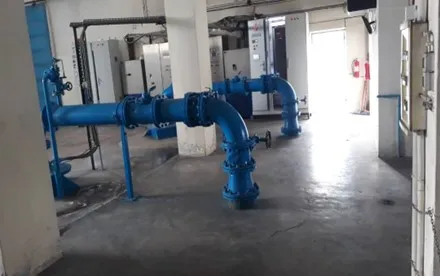
In Kabul, the ICRC helped to improve the capacity of the Bagrami water pump station by procuring four booster pumps to provide uninterrupted water supply for around 250,000 people. Such improvements are essential for maintaining a consistent water supply, reducing the risk of shortages and supporting the needs of a growing urban population.
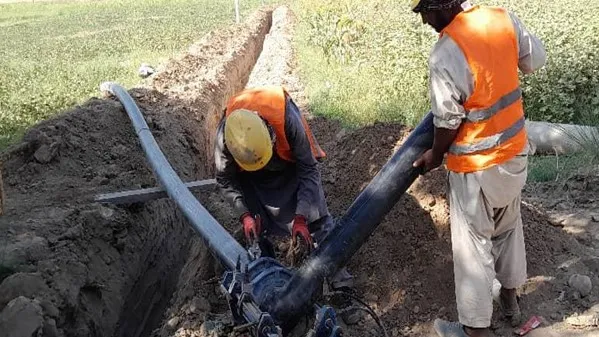
In Kunduz Province in the north, we supported the local water supply company by upgrading a well, which then improved the water production capacity for over 10,500 residents. The project included constructing a pumping house, installing a submersible water pump and connecting it to the electricity grid. A new 500-metre water transmission pipe was also installed, demonstrating the importance of modernizing infrastructure to meet increasing demand and support community resilience.
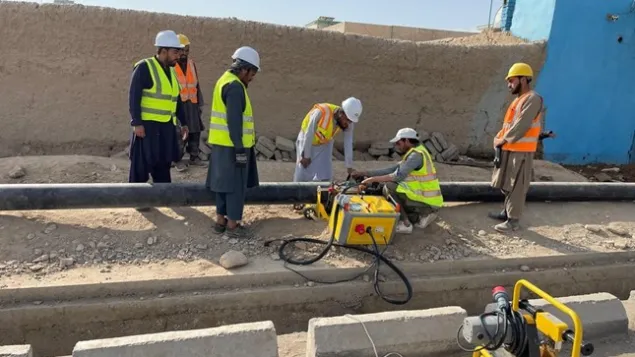
In the country’s south, we helped to improve the existing water-supply network in Kandahar city’s 9th district and Alif Saha area by replacing and installing nearly 1,500 metres of new high-density polyethylene (HDPE) pipes and six gate valves. These efforts have ensured reliable water access for around 50,000 people, improving the overall efficiency of the water supply system.
The way forward
Access to safe water is a pressing issue in Afghanistan, impacting public health, food security and economic stability. While a significant amount of the country’s freshwater is sourced from snowpack and glacial meltwater, the accelerating impacts of the glacier meltdown are putting the already fragile water resources at serious risk.
"Water is not just a necessity, it's the foundation of life. In Afghanistan, climate change is threatening access to water for millions of people,” highlights Veronique Weber Oviedo Pinto, who heads the ICRC water and habitat program in the country. “With groundwater levels dropping and extreme weather events on the rise, strengthening climate-resilient water resource management is essential to safeguard the country’s freshwater sources and support communities adapt to increasing climate shocks."
Pertinently, the theme for this year’s World Water Day emphasizes the urgency of glacier preservation and the need for enhanced climate resilience and water management. Sustained investment, international cooperation and robust governance are essential to achieve long-term solutions. Without urgent action, millions of Afghans will continue to struggle with water shortages, affecting their health and food security.

